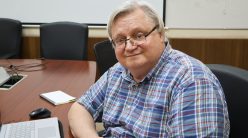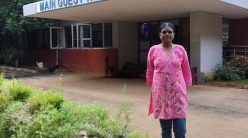In July 2020, Anurag Kumar completed his tenure as the Director of IISc. He began his journey in engineering with a bachelor’s degree from IIT Kanpur and a PhD from Cornell University, and then worked at Bell Labs, New Jersey, USA, before joining IISc in 1988. After serving as the Chair, Department of Electrical Communication Engineering, and later the Chair, Division of Electrical Sciences, he was appointed Director in 2014.
During his tenure, he introduced initiatives to modernise IISc’s administration and infrastructure, improve faculty recruitment, increase support from non-government sources, and enhance IISc’s visibility abroad. In 2018, IISc was also recognised as an Institution of Eminence (IoE) by the Government of India.
Kumar spoke to CONNECT about his vision for the Institute and what it would take to make IISc a world-class institution.
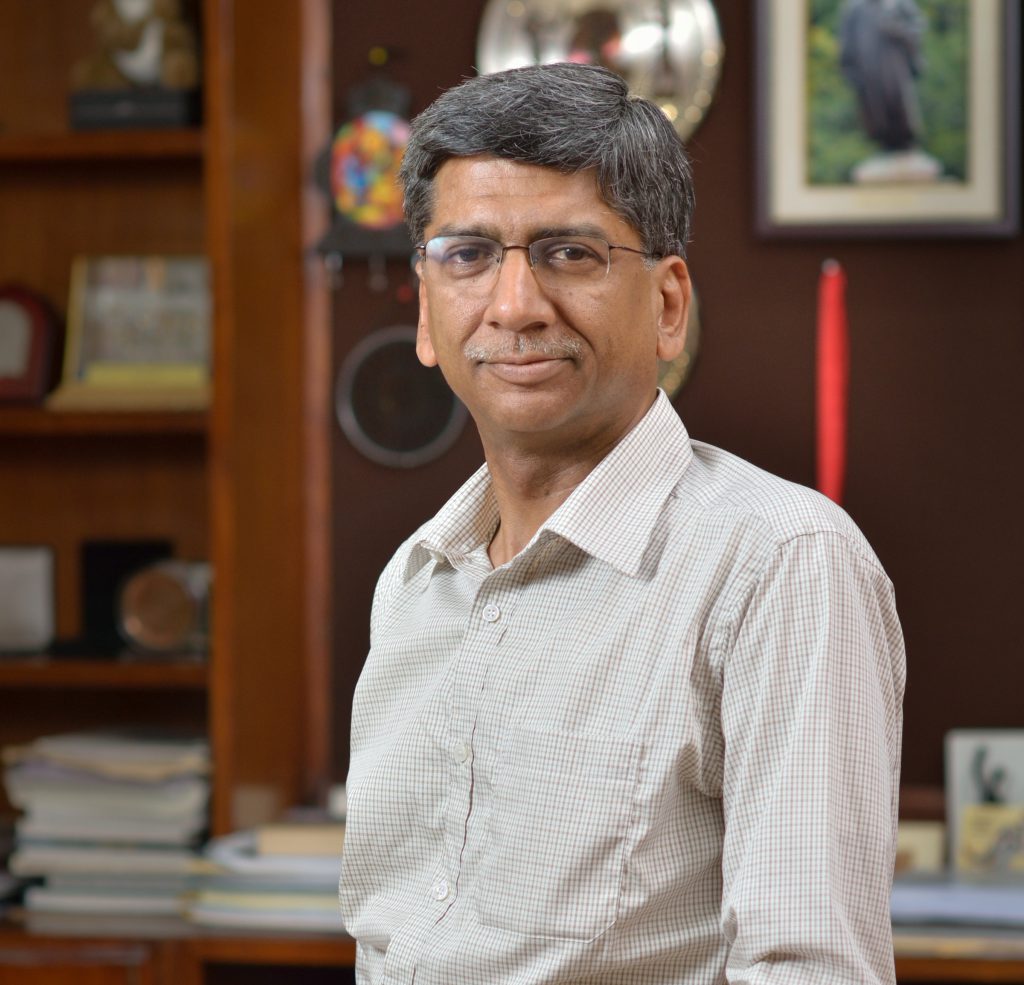
How did you come to join IISc?
After completing my PhD at Cornell, my desire was to enter academics, but, being an engineer, I also wanted to see how industrial labs work. So, I joined Bell Labs and was there for about seven years. My wife and I had decided that after our Bell Labs stint, we would return to India.
In 1986, I began to apply for positions in India. Apart from a couple of government positions, I got offers of assistant professorships from IIT Kanpur and IISc. Frankly, I knew very little about “the Institute” at that time. My father-in-law, Prof Ravindra Nath, had been a PhD student in the Department of Biochemistry at IISc in the 1950s. He knew IISc well, due to his many continuing connections there. It was he who encouraged me to accept the IISc offer. It turned out well for me, and for my wife too, for whom, being an electronics engineer, Bangalore was the ideal place to move to.
Are there any experiences during your time at IISc that stand out?
The experience of building my academic career at IISc, in an area that was still emerging at that time, was itself a remarkable experience. The experience of participating in the national ERNET project was very special, and one that I would not replace with anything else. From 2007, I was asked to join the higher level of administration in the so-called “Tower Building.” This aspect of my career at IISc has been full of new experiences on a daily basis.
What was it like working on the ERNET project, which established India’s first nationwide internet?
I took charge of the ERNET project, hesitatingly, just a few months after coming to IISc. ERNET was a collaboration between eight sites in India (five IITs, IISc, the National Centre for Software Technologies, Mumbai, and the Department of Electronics, Delhi). The objective was for these sites to collaborate in setting up India’s academic and research network, based on the emerging technology of packet networking.
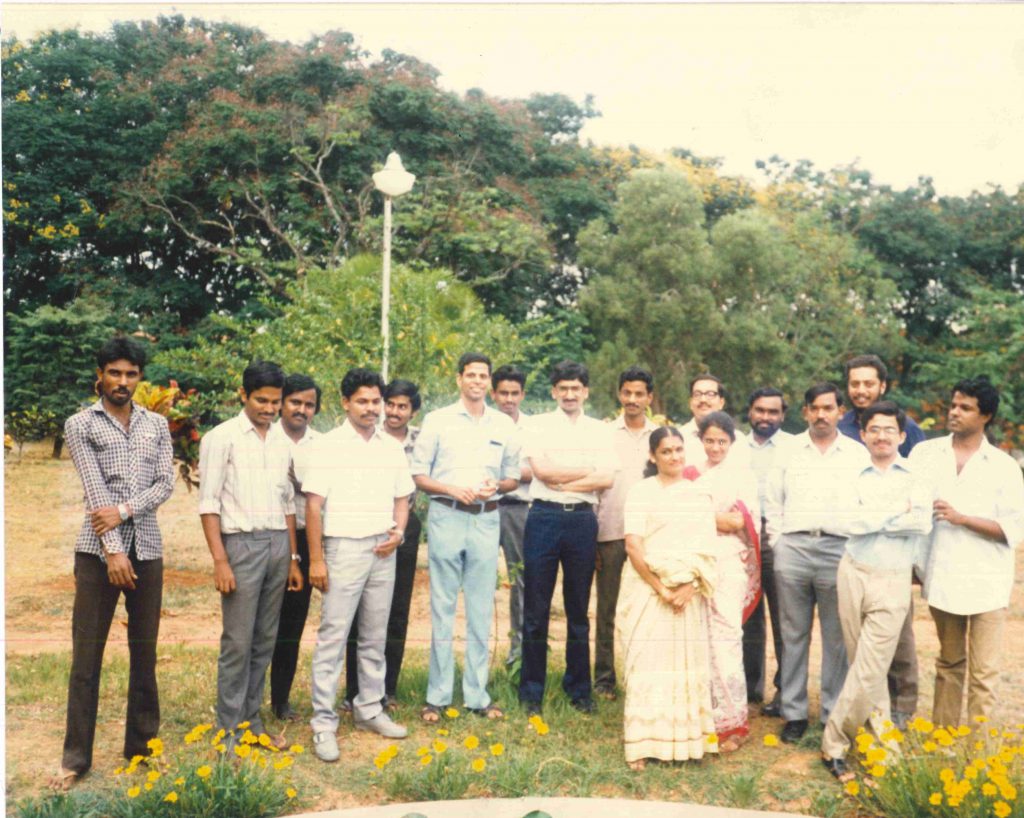
(Photo courtesy: Network Engineering Lab, IISc)
It must be noted that, at the time, the so-called “Internet” was not necessarily the technology of choice. Thus, the emerging alternatives had to be understood and decisions made about which technology and hardware to adopt. Many mundane issues had to be addressed, but it was a huge learning experience. The model of eight organisations cooperating to implement a national project, learning the principles and the evolving technology as they did so, meeting regularly, brainstorming, running conferences and workshops, and training hundreds of young people was quite remarkable. It helped me in my teaching and in selecting research problems, and gave me the opportunity to work with a large number of young people who were flocking to the area of networking in those days. This is a national project model that needs to be learnt from and adopted again and again in other domains.
When you took over as the Director in 2014, what was your vision for the Institute? What areas did you feel needed attention?
In my 2014 interview for Connect, I had mentioned that it would take a few months for me to get a feel for the system and the challenges, and for my vision to develop. And it did.
My vision was that IISc should be among the top 50 institutions for higher education and research in the world. For this, its infrastructure and campus needed to be modern and efficient, and the administration needed to be much more digital. This would help faculty members and students conduct their research without any hindrance.
My vision was that IISc should be among the top 50 institutions for higher education and research in the world
Administrations today are modernised to a large extent by the amount of technology they adopt, whether it is the way we handle our finance and payments or the way we facilitate the flow of administrative work within the organisation. DIGITS (IISc’s Office of Digital Campus and IT Services) was formed around 2015 to essentially drive this digitalisation.
We now use much less paper. All meetings are conducted on WiFi-connected tablets. Practically all interactions with the outside world such as admissions and faculty applications are conducted online. Today, due to the digitalisation, there is substantially more transparency about what is happening in the administration. But we still have a long way to go.
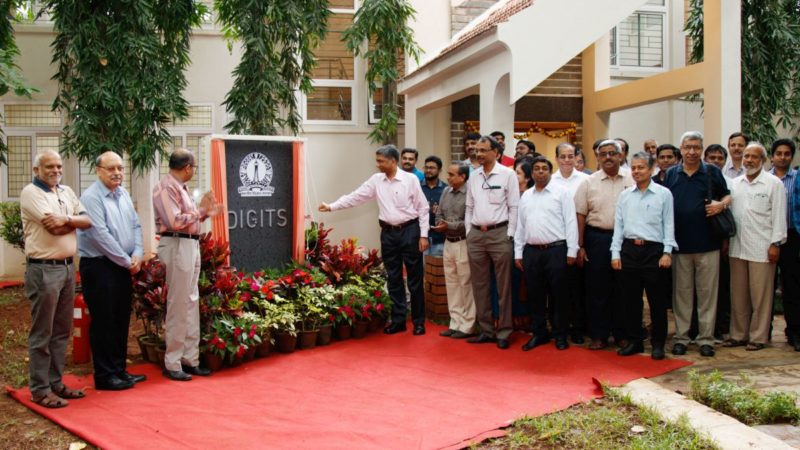
What were the biggest challenges you faced as you went about implementing your vision?
The biggest challenges were the lack of speed in the system, outdated practices, and the lack of a command and control structure that worked day after day, efficiently, and according to a consistent and transparent set of rules.
Are there any initiatives that you had in mind, but could not implement?
Many initiatives have been started under the Institution of Eminence (IoE) programme, and will, hopefully, be completed in the next two to three years.
One of the things that I am unhappy about is the way we construct buildings. We have big plans to expand infrastructure under the IoE grant. But it has taken too much time to sort the processes out, even when funds are available. When I travel to other countries, they talk about building a massive infrastructure project one year, and the next year, the buildings are already up. But we can’t do that here, and that bothers me.
How has support for the Institute from the government and other stakeholders changed over the last few years?
The support from the Government of India has been consistent, and growing at a steady pace. The big change has been with respect to support from non-government sources.
The Office of Development and Alumni Affairs (ODAA) was set up in 2015. We had begun to see more non-government organisations and donors who were willing to support us, such as Kris Gopalakrishnan and the Robert Bosch Foundation. That gave us the motivation to look for more funds. We now have a lot more donors, and several Chairs and endowments have been set up.
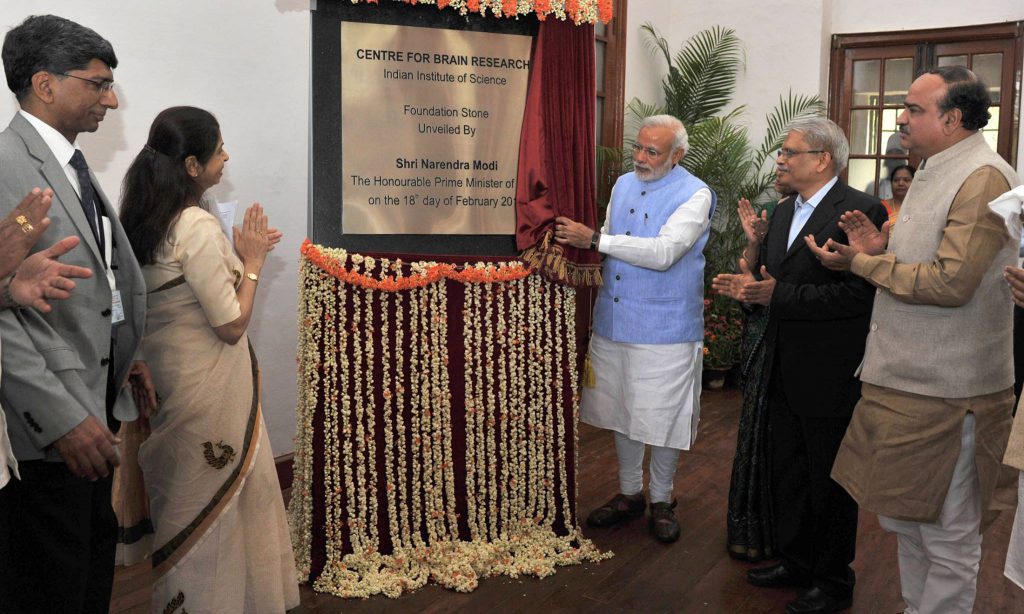
(Photo courtesy: PRO, IISc)
We are also putting a lot of emphasis on sponsored research under the Society for Innovation and Development at IISc. Overheads from such sponsored research contribute directly to IISc’s internal earnings, which are relatively less controlled by the government. If sponsored research grows, we will get these extra internal funds, and will be able to execute projects that will further strengthen IISc’s infrastructure, research output, and visibility.
IISc was declared an IoE in 2018. How will this recognition help the Institute?
The IoE programme has been conceived to support many things: limited and calibrated growth, additional research and innovation, maintaining lab equipment and supplies, increasing international interactions, maintaining the campus better and expanding infrastructure.
The money that we get from the government is spent on salaries, pensions, utilities, maintenance and scholarships. So where do we get money for international activities, or for increasing the number of postdocs? Some departments may also need more money for consumables or for strengthening their research equipment.
I also believe that we should have an excellent campus. A small part of the IoE grant is to make the campus smarter and better-looking. We also need an international house, postdoc housing, and more hostels.
The existing pattern of government funding does not permit substantial growth [in number of faculty members and students]. On the other hand, in the IoE programme, we have projected for calibrated growth over 5 years, 10 years and so on.
IoE money is still government money. Further, as part of the grant conditions, we have to raise funds to match every rupee that the Government of India gives.
What would it take to make IISc a truly world-class institution?
IISc needs to have a world-class campus where the best and brightest in the world would like to come to stay, study, and work. Administrative support must be efficient and professional, and the digital infrastructure needs to be on a par with the best.
IISc recruits excellent faculty members, and gets some of the best students in India. There is a lot of good research happening, but it seems that we are missing the peaks, either due to lack of risk-taking in problem selection, or lack of early engagement with the really “hot” problem areas.
Recently, when we analysed IISc’s rankings data, we found that we publish a lot and many papers get decent citations. But there are many institutions around the world that publish fewer papers, yet are cited more often. Clearly, they are working on some problems that other researchers really care about. I think we are missing out on areas where we can be leaders, areas that people will say that IISc is the “go-to” place for.
There is a lot of good research happening [at IISc], but it seems that we are missing the peaks, either due to lack of risk-taking in problem selection, or lack of early engagement with the really “hot” problem areas
What more can IISc do to attract the best researchers?
Over the past three years, several senior faculty members and I visited top universities around the world to talk to post-doctoral researchers about career opportunities at IISc [called Young Researchers Meetings or YRMs]. The careers of the young people who come to these meetings need to be tracked, in particular women and those from reserved categories, so that they can be encouraged to apply to IISc.
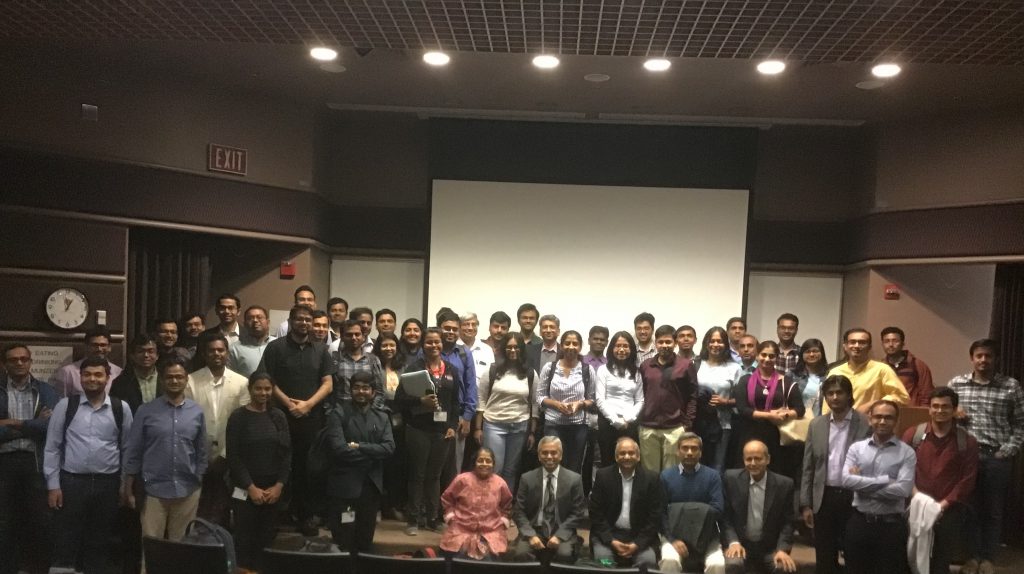
What we are also not doing is tracking the careers of good young researchers in India. For example, if we know that a good PhD student is graduating from one of the IITs and if we don’t track them, they just disappear [abroad], because they don’t even know that they are wanted back in India. We should have a way to attract them.
What would be your advice for young researchers as they embark on their careers?
My advice would be to not straightjacket oneself into a way of thinking and working only because it is yielding a stream of publications. If things have become routine, the researcher should switch to a new challenge, even if it means a decrease in productivity for some time. It is important to take risks, particularly when one is in a premier institute such as IISc. One should also pursue many modes of working during one’s career: follow, collaborate, and find opportunities to lead.
COVID-19 was an unprecedented crisis that struck during the last few months of your tenure. What measures did you and the Institute administration have to take to address this?
The experience with COVID-19 has been remarkable in many ways. The sudden closure of the Institute (almost overnight), the students going away, and the faculty and staff retreating to the safety of their homes left the offices and the labs deserted over several weeks. This was unprecedented, but an experience that was repeated in many campuses and research labs around the world.
We began daily meetings to ensure that the situation was constantly monitored, in light of the many government orders and advisories. Some said that it was a “war-like” situation.
In this challenging period, many faculty members turned their knowhow, their inventive and innovative sides to address many COVID-19 related problems. Whenever we got a request for supporting such activities (in terms of funds or connections), we ensured that the teams got it.
What impact has the crisis had on the Institute’s functioning and plans for the future?
The COVID-19 crisis has considerably disrupted the current academic year, and will affect at least one more semester. Most importantly, the crisis has underlined the vulnerability of modern human society, and given some insights into new directions for research that could lead to better preparedness as a nation.
What will you miss most about being the Director of IISc?
IISc needs to constantly drive initiatives so that it can become a world-class institution for higher education and research. The Director is in a unique position to drive these initiatives, and has the opportunity to make a difference.
On a more personal level, I will miss getting to know everybody in the Institute, and being able to go to every corner of the campus and seeing what they are working on.
On a more personal level, I will miss getting to know everybody in the Institute, and being able to go to every corner of the campus and seeing what they are working on
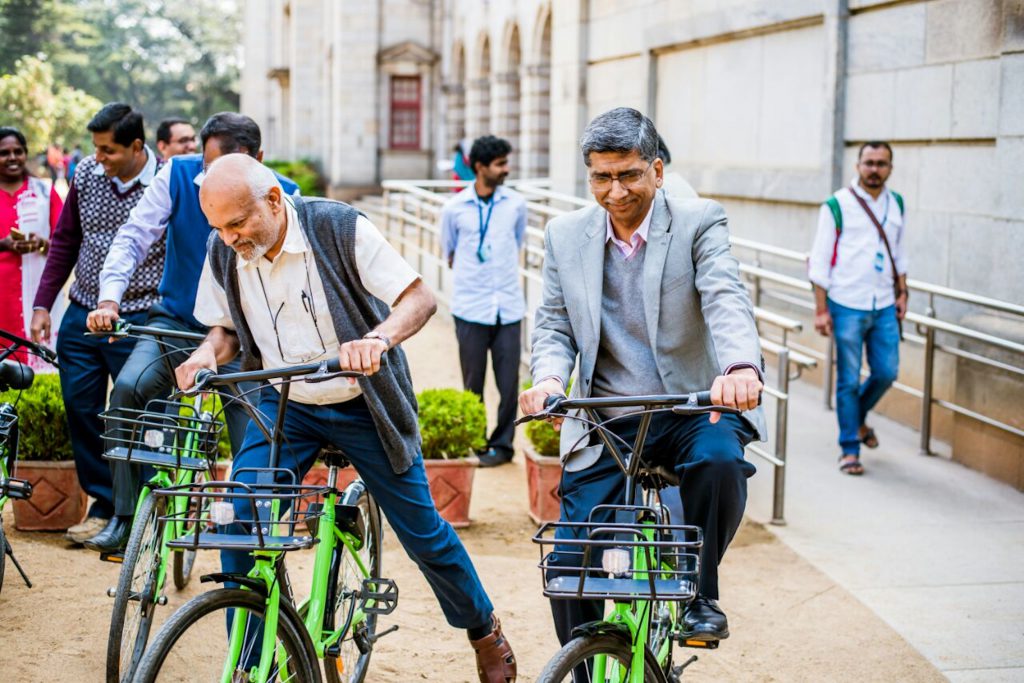
What are your plans now? What’s next?
I like to be busy; I think the only time I really do nothing is when I go to sleep. For the next five years I will be back in my academic department, as an Honorary Professor. I also need to focus on managing my health, and spend more time with my family. I will try to find more time to read other than what is required for my academic work; there is so much of such reading piled up. On my 60th birthday, my current and former students gave me the entire collection of Calvin and Hobbes; I look forward to cracking those volumes open! But what I will enjoy most is getting back to my research, teaching, and consultancy, for as long as I can. Our kids are abroad; we will travel more.
Is there any message that you would like to share with the Institute community?
The Indian Institute of Science is a remarkable place for an academic career. It enjoys a high reputation with the government and with national organisations. Its faculty and students and are held in high esteem. Faculty members are carefully selected and given tremendous freedom to define their research areas and objectives. They are driven by a quest for deep understanding, an aspect that is also brought to bear on their teaching and research. With this background, I would like to leave two messages:
The Institute needs to be world-class in its academics, its research, its infrastructure, its hospitality, in fact, in every possible way.
The Institute needs to continue to serve the needs of the nation, by contributing the knowhow and expertise of its faculty to the government and the industry.



